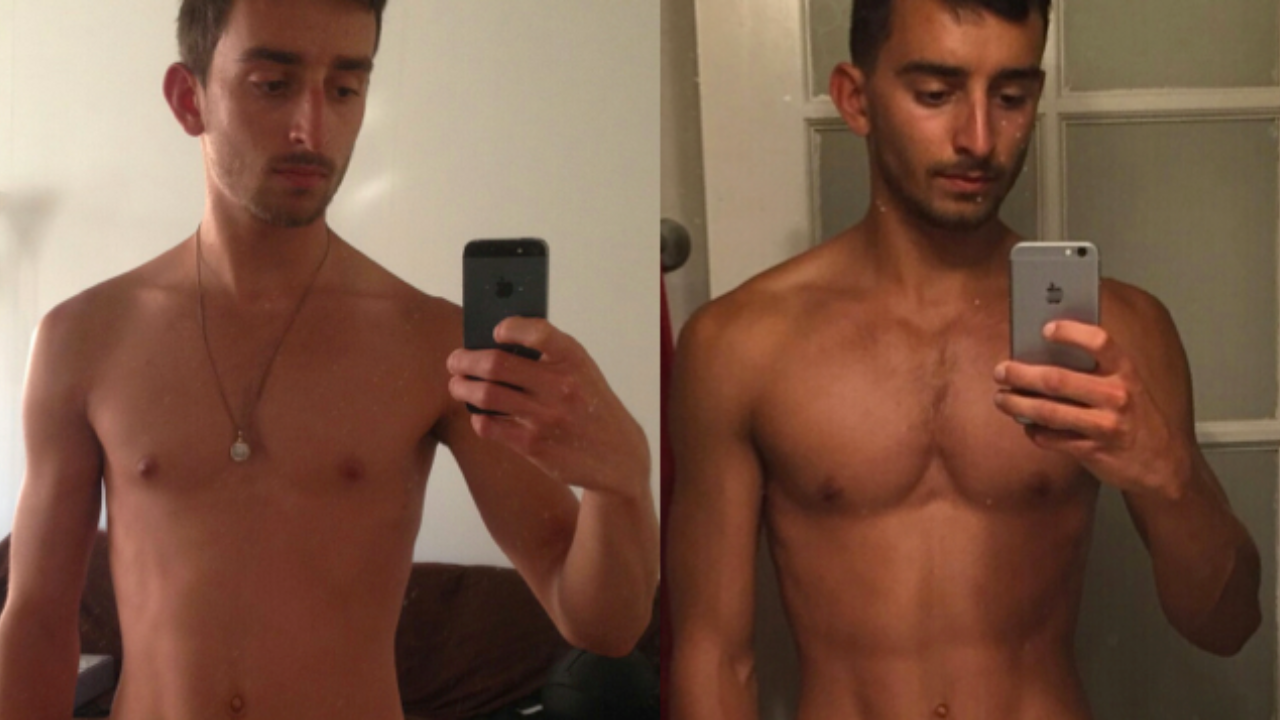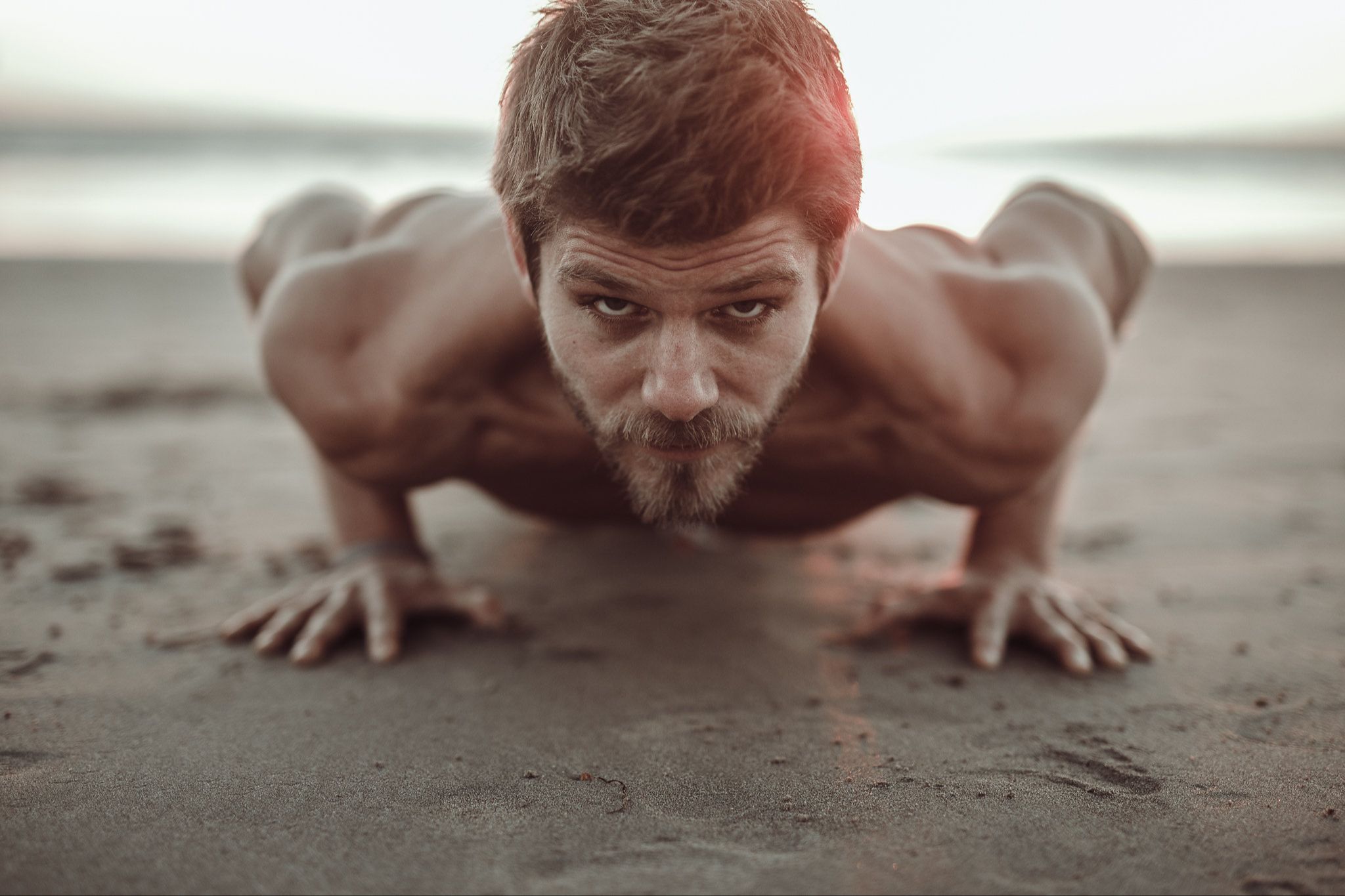The Real Reason Running Hurts Your Knees and the Simple Fix
The Real Reason Running Hurts Your Knees and the Simple Fix
Running is one of the most natural human skills and 100% part of any training routine. It is also one of the most commonly misunderstood.
Many runners unknowingly land hard on their heels, thinking it is normal or harmless.
It is not.
Heel striking creates unnecessary impact, disrupts forward momentum, and places stress on the knees that adds up fast. If you care about long term joint health, athletic performance, and sustainable fitness, it is definitely time to upgrade how you run.
When the heel hits the ground first, the body absorbs force poorly.
The impact travels straight up the leg and loads the knee before the rest of the system can help.
This pattern consistently leads to knee pain and common issues involving the patellar tendon, ACL, MCL, meniscus, and surrounding structures.
Pain shows up because the movement pattern is inefficient for how the foot and leg are designed to work together.
The human body i...
Is Two Workouts a Week Really Enough for Real Results?

Is Two Workouts a Week Really Enough for Real Results?
Let’s be honest.
If your goal is to build a strong, lean, athletic body with calisthenics, two workouts a week usually do not cut it.
Yes, you may hear influencers and coaches say that two sessions are enough to build muscle, but that advice only applies to very specific situations.
If you are serious about strength, muscle, endurance, and skill, it is definitely time to get started with a training schedule that matches your ambition.
When Two Workouts a Week Can Work
There are two scenarios where training twice per week can make sense.
The first is when you are a complete beginner.
If you have never trained before or you are carrying extra body fat, even a small amount of training creates progress.
At this stage, your body responds fast because everything is new.
Two basic calisthenics workout sessions per week can help you learn movement patterns, build coordination, and develop consistency.
The second case is the ...
How To Make Push Ups Harder?

How To Make Push Ups Harder?
Use Pre-fatigue and harder angles.
The goal of pre-fatigue and steeper angles is to make an exercise feels harder than it normally would.
You can use various techniques to do so and/or combine them all together.
Here is a great example to how do that with pushups and make 10 reps feel like 50.
-
Use a decline setting: this makes it harder than a classic push up. Use a box, chair, couch, anything works
-
Stay at the bottom in an isometric hold for 10 seconds
-
Lean forward into a pseudo push up hold
-
Perform 10 “halfer push ups”(repetitions where you only perform the bottom half portion of the push up, from the chest to ground to parallel)
-
Perform 10 clean full range of motion push ups
Nicolas
Frequently Asked Questions
1. What are the two main techniques used to make push-ups feel significantly hard...
Why EMOM Training Should Be in Your Calisthenics Program
Why EMOM Training Should Be in Your Calisthenics Program
If you’re serious about leveling up your bodyweight training, it’s definitely time to get started with the EMOM method.
EMOM "Every Minute on the Minute" is one of the most underrated tools in the calisthenics world.
Most people avoid it for one simple reason:
It’s hard.
Not kind-of hard. Not “challenging but manageable.” Truly hard.
Try it once and you’ll feel it immediately.
But here’s the truth every dedicated athlete eventually learns:
The methods that challenge you the most are the ones that transform your body the fastest.
EMOM is no exception.
When you commit to it, you build strength, conditioning, and muscle quality at a level that traditional training can’t touch.
And yes, it's absolutely worth the effort.
Mass vs. Density: What Are You Really Building?
A lot of people chase muscle mass. They want to look bigger, fuller, and “more jacked.” Nothing wrong with that, mass has its benefits.
But if you want...
The Master's Checklist: How to Build Your Best Calisthenics Body

The Master's Checklist: How to Build Your Best Calisthenics Body
You see those videos, the guys who look like Greek statues performing impossible feats of agility and strength?
They didn't get there by just doing a couple of sets of push-ups.
They follow a comprehensive blueprint.
Most people focus only on the flashiest moves but the true master, the complete calisthenics athlete—trains the gaps.
We don't just chase PRs and flashy moves, we hunt for imbalances and realign them.
I've broken down the Master's Checklist, the non-negotiable things you need to hit to build a body that is strong, resilient, and truly functional.
This is your training mandate.
Phase 1: Upper Body Mastery (The Foundation of Feats)
If you want to own the bar, you have to dominate both the Push and the Pull with equal intensity. Notice we don't just list the big moves; we list the Joint Protectors too.
PULL (The Engine for Back and Biceps)
-
Pull-Ups: Your vertical strength benchmark. Go for st
...
Think You’re "Too Heavy" for Calisthenics? Think Again.

Think You’re "Too Heavy" for Calisthenics? Think Again.
Let’s be real: the treadmill is a nightmare, and the weight room can feel intimidating.
You might also see athletes defying gravity on a pull-up bar and immediately think, "Nope. I am way too heavy to start that."
Here is the truth: You don't need to be light to start calisthenics; you start calisthenics to get light.
Using your own body weight is one of the safest, most rewarding ways to torch fat and build real-world strength, regardless of what the scale says today.
It’s time to stop looking at your weight as an obstacle and start using it as your resistance.
Your 5-Step Roadmap to Bodyweight Mastery
We are ditching the excuses and giving you a concrete plan.
Here is exactly how we go from "heavy" to "hero":
-
The "Zero-Shame" Start: How to use regressions (easier variations) to train safely without destroying your joints.
-
The 20-Pound Blueprint: The killer combo of nutrition and bodyweight volume that melt
...
Calisthenics for Fat Loss: The Ultimate Bodyweight Cardio & Circuit Plan

Calisthenics for Fat Loss: The Ultimate Bodyweight Cardio & Circuit Plan
Calisthenics is one of the most effective tools for fat loss and achieving a "shredded" look.
This is because bodyweight training naturally combines strength work (preserving muscle) with high intensity (burning calories and boosting metabolism).
To maximize fat loss, you must move away from traditional sets/reps and embrace High-Intensity Interval Training (HIIT) and Density Training.
1. The Core Principle: Metabolic Burn
For fat loss, the goal is to maximize your Total Daily Energy Expenditure (TDEE).
Calisthenics HIIT achieves this through the EPOC effect (Excess Post-exercise Oxygen Consumption), keeping your metabolism elevated long after your workout is finished.
| Training Goal | Primary Mechanism | Calisthenics Method |
| Fat Loss | Calorie Deficit + High EPOC | Circuit Training & HIIT |
| Muscle Preservation | Maintain Strength Stimulus | Compound Bodyweight Movements |
2. The 20-30 Mi...
Breaking the Plateau: 5 Calisthenics Techniques to Keep Gaining Strength

Breaking the Plateau: 5 Calisthenics Techniques to Keep Gaining Strength
You’ve mastered the full pull-up, can crank out 20 clean push-ups, and the gains have slowed to a halt.
Congratulations, you’ve hit a plateau.
In calisthenics, hitting a wall simply means your body has fully adapted to the current stimulus.
To keep growing and getting stronger, you must find new, precise ways to apply progressive overload without relying on heavier weights.
Here are five advanced techniques to immediately shock your system and restart your strength journey.
1. Manipulate Tempo and Time Under Tension (TUT)
This is the fastest, zero-equipment way to make any exercise harder by focusing on the speed of movement.
-
The Principle: Hypertrophy (muscle growth) is heavily stimulated by keeping the muscle under tension for longer periods.
-
Application (Tempo Training): Use a numerical sequence (e.g., 4-1-2-1) for your reps:
-
4: Seconds for the Eccentric (lowering) phase (e.g., lowerin
...
-
The Calisthenics Secret: How Bodyweight Training Targets Overall Body Fat (Not Just Belly Fat)
The Calisthenics Secret: How Bodyweight Training Targets Overall Body Fat (Not Just Belly Fat)
If your goal is to lose belly fat, you need to understand one crucial truth: spot reduction is a myth.
You cannot target fat loss in a specific area, like your abdomen, through isolated exercises.
Successful, long-term fat loss is achieved by reducing overall body fat, and bodyweight training (calisthenics) is an exceptionally effective tool to accomplish this.
Here is the science-backed, three-pillar strategy to lose body fat using just your body weight, boosting your metabolism and fitness from the inside out.
1. Master the Calorie Deficit (The Foundation)
Fat loss begins and ends with thermodynamics: you must consume fewer calories than your body burns daily [Nutrition & Metabolism, 2017]. This is known as a calorie deficit.
-
Calculate Your Needs: Start by determining your Basal Metabolic Rate (BMR), the minimum calories your body needs to function at rest. Then, adjust this
...
Defy Age: Why Calisthenics is the Ultimate 40+ Fitness Hack
Defy Age: Why Calisthenics is the Ultimate 40+ Fitness Hack
Are you over 40 and think mastering challenging fitness skills like the Muscle Up or Handstand is only for the young?
As the founder of Online Calisthenics and someone who turned 45 this year, I'm here to tell you that age is just a number when it comes to bodyweight training.
Calisthenics is an accessible, adaptive, and highly effective way to transform your body and crush fitness goals at any stage of life.
Calisthenics: The Age-Defying Champion
Calisthenics uses your own body weight as resistance, making it incredibly convenient and adaptable. It requires minimal equipment, no expensive gym membership needed, just determination and a bit of space.
Here’s why bodyweight training is scientifically beneficial for adults over 40:
Key Benefits of Bodyweight Training After 40
1. Improve Strength and Combat Muscle Loss
Aging naturally leads to a loss of muscle mass, a condition known as sarcopenia.
Calisthenics exerc...

